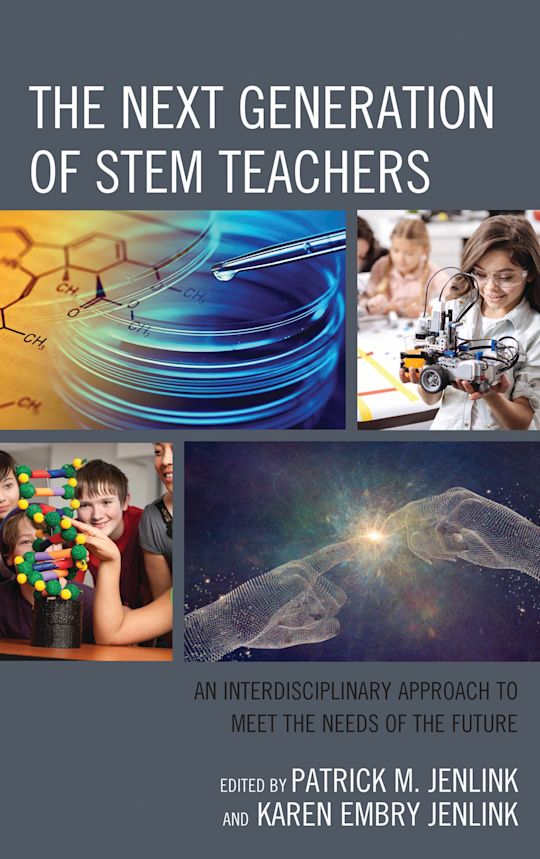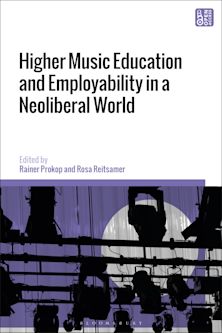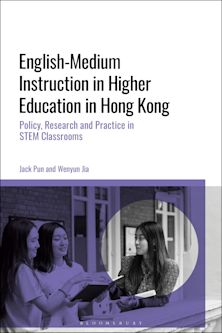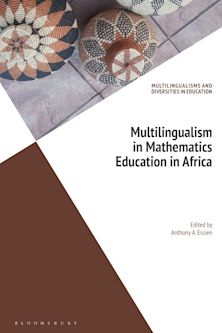The Next Generation of STEM Teachers
An Interdisciplinary Approach to Meet the Needs of the Future
The Next Generation of STEM Teachers
An Interdisciplinary Approach to Meet the Needs of the Future
This product is usually dispatched within 1 week
- Delivery and returns info
-
Free US delivery on orders $35 or over
Description
STEM Teaching: An Interdisciplinary Approach breaks from the more historical idea of making knowledge within disciplines and seeks to engage the reader in a growing conversation that is gaining momentum and is focused on an ‘interdisciplinarity of STEM education’, which seeks to embrace and/or present emerging perspectives on the standards. Importantly, the conversation on STEM education and interdisciplinary approaches to teacher preparation may draw into specific relief the respective professional and/or disciplinary standards for each of the four STEM disciplines as each relates to fostering an interdisciplinary approach.
The importance and relevance of this interdisciplinary perspective to teacher preparation lies in the realization that STEM literacy moves into everyday lives and thinking, and not just in STEM related disciplines. This means that faculty in teacher preparation need to extend the range of STEM literacy in pedagogical strategies so that STEM teaching is enriched with multimodal literacies into teaching and learning, which in turn makes STEM knowledge more relevant and engaging for its manifest connections to solving the problems that challenge society.
Table of Contents
Acknowledgements
Chapter 1 - Introduction: STEM Teacher Preparation and Practice: An Interdisciplinary Perspective
Patrick M. Jenlink and Karen Embry Jenlink, Stephen F. Austin State University
SECTION ONE: Interdisciplinary Thinking and Place-Based Practices in STEM Education
Chapter 2: Toward an Eccentric Educational Ideal: The Demands for Interdisciplinary Thinking and Collaboration
Shawn Vecellio, The National Hispanic University
Chapter 3: Looking Deeper through the STEM Lens: Exploring the Intersection between Content and Context to Optimize Learning
Louis S. Nadelson and Anne Seifert, Boise State University
Chapter 4: “I Don’t Know Anything About DNA. Well I Do, But Not From You Guys”: A Vision for Interdisciplinary STEM Teaching
Vanessa Svihla, Kersti Tyson, Justin Boyle, Jamie Collins, Ara Kooser, Ayesha Livingston, Abigail Stiles, and Julie Bryant
Chapter 5: Mathematics, Science, and Technology Reform in Teacher Education: Implications for Teaching Practice
Deborah Moore-Russo and Naemi Waight
SECTION TWO: Complexities and Challenges in STEM Education
Chapter 6: Developing a STEM Education Teacher Preparation Program to help Increase STEM Literacy amongst Preservice Teachers
Margaret Mohr-Schroeder, Christa Jackson, D. Craig Schroeder, and Jennifer Wilhelm, University of Kentucky, Fayette County Public Schools
Chapter 7: Troubling STEM: Making a Case for An Ethics/STEM Partnership
Astrid Steele, Nipissing University
Chapter 8: Literacy-Rich STEM Project Based Learning: Preparing STEM Teachers for High Needs Schools
Kevin Carr, Pacific University College of Education
Chapter 9: Promoting an Interdisciplinary Approach to STEM Education: Matching STEM Pedagogy to Trends on the Demand-Side
Joseph Mukuni
Chapter 10: Epilogue: The Future of STEM Teaching
Karen Embry Jenlink and Patrick M. Jenlink, Stephen F. Austin State University
About the Editors
About the Contributors
Product details
| Published | Apr 13 2019 |
|---|---|
| Format | Hardback |
| Edition | 1st |
| Extent | 186 |
| ISBN | 9781475822748 |
| Imprint | Rowman & Littlefield Publishers |
| Illustrations | 18 b/w illustrations; 4 tables; 1 textbox |
| Dimensions | 9 x 6 inches |
| Publisher | Bloomsbury Publishing |


































